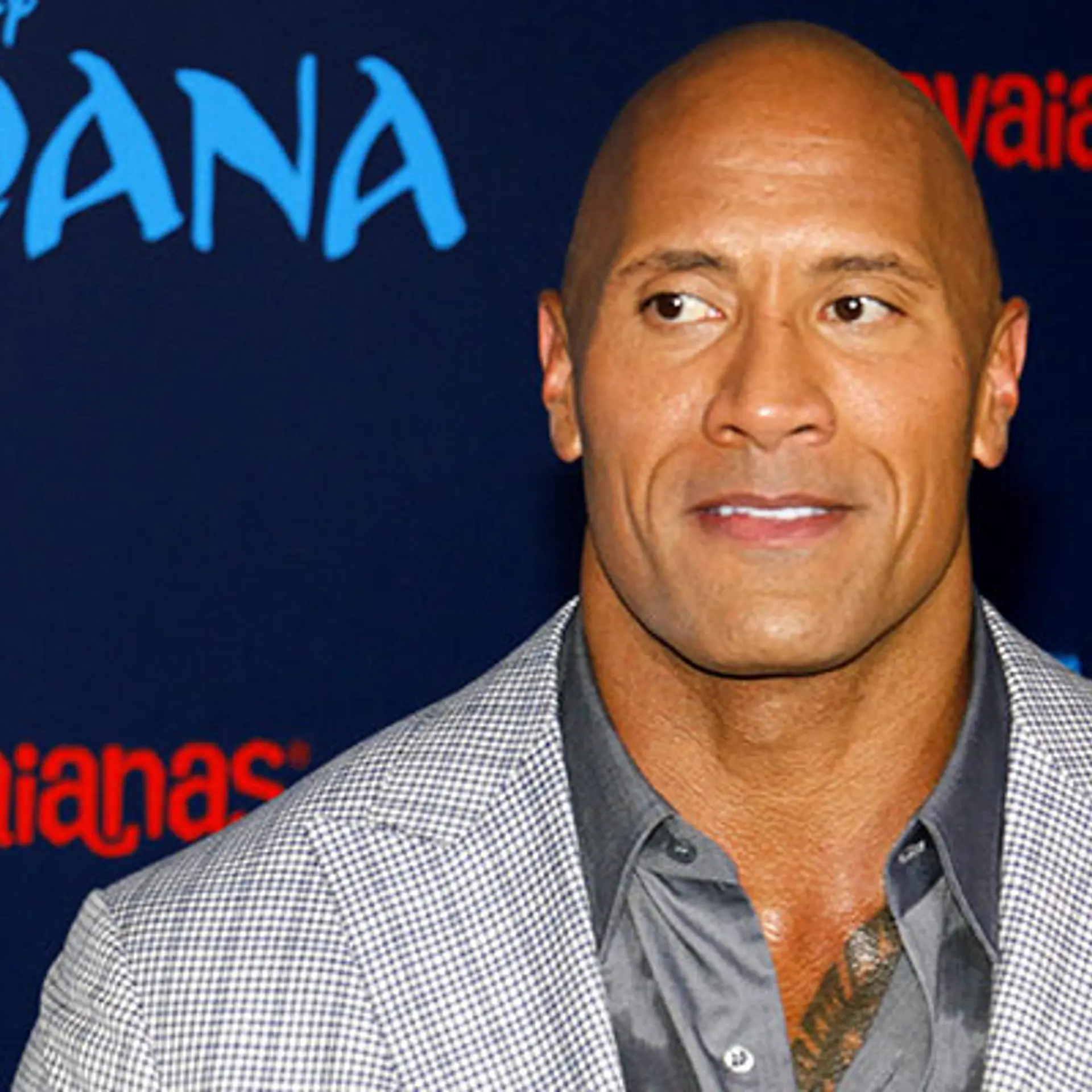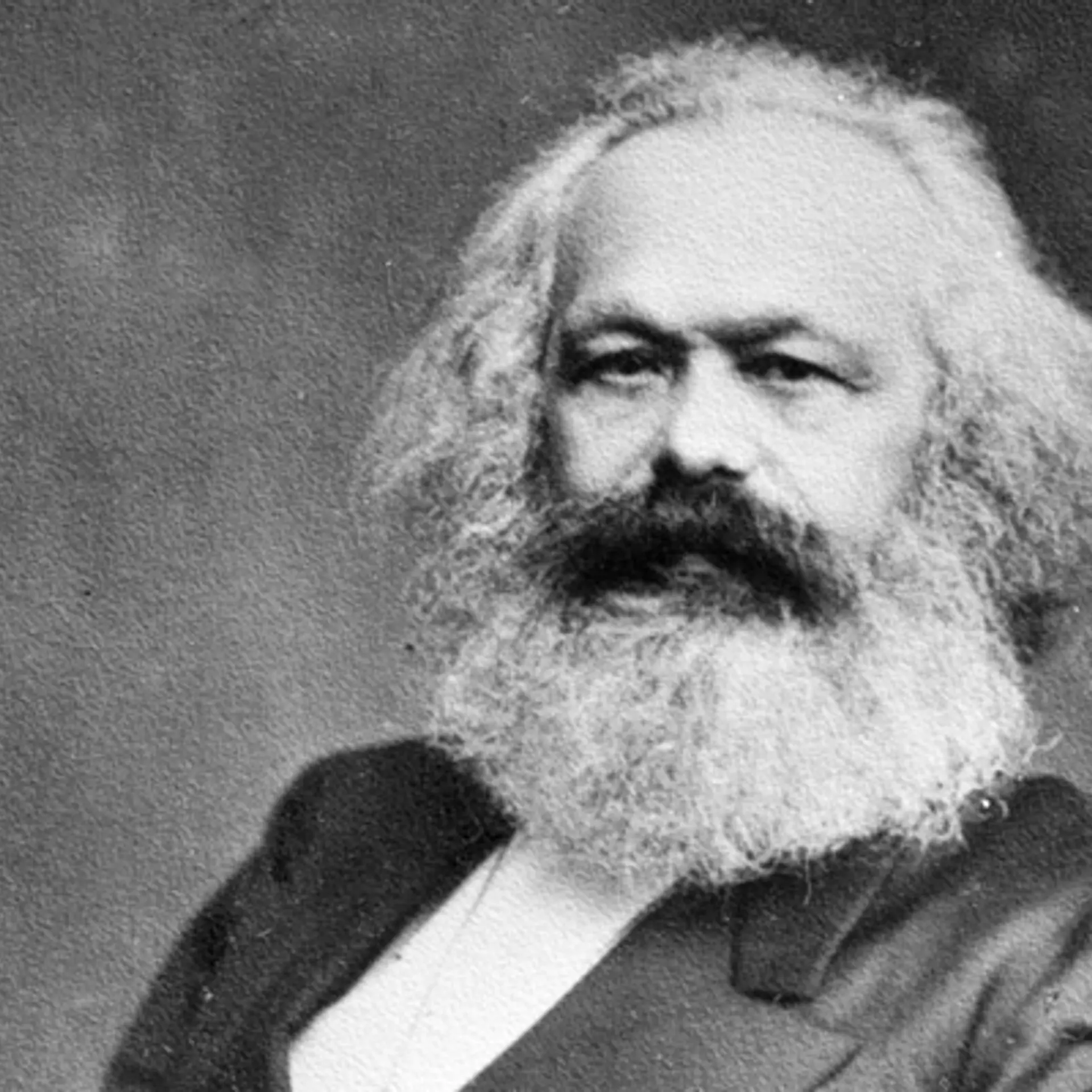3 blunders people make on LinkedIn that cost them their professional goals
If you are a professional, you must be aware of the importance of having a well-thought-out LinkedIn profile. Social recruiting is on the rise and studies show that about 92 percent of recruiting managers review a candidate's social profile, primarily on LinkedIn, before making a hiring decision.
According to Jobvite’s Social Recruiting Survey, 79 per cent of respondents say they were hired through LinkedIn and other professional networks, as opposed to 26 per cent through Facebook and 14 per cent through Twitter.

This implies that you need to be careful about what you share on your social profiles. According to HR recruiters we happened to meet at a recent job fair, the worst thing one can do is refer to illegal things like drugs, profanity, post hateful statuses about their current employers or directly abuse co-workers they hate. Such social media activities are a strong turn off.
LinkedIn is all about professional networking. Even though many people prefer interlinking their accounts, there is a huge difference between professional and personal networking. On LinkedIn, such faux pas can damage your career.
So what are these blunders? How can you make sure that you attract social recruiters and end up with a high-paying job in your kitty? Here are a few mistakes that you need to keep a check on:
Writing a summary that reads like a company’s profile
You may be currently working for a multinational, billion dollar company and would want to boast about it. But this is not what your potential recruiters want to know. They want to know about YOU. You are a brand too, but only if you market yourself well, will you be able to land a job in a better company at a better position. Your profile summary should talk about your skills, accomplishments and experience, not your company’s milestones.
Putting up “seeking” headlines
“Seeking new projects”, “Looking for a job change”, “Seeking new opportunities” – you are just making your case weak by putting up such headlines. The aim is to come across as a desirable candidate, not a desperate one. Most social recruiters reach out to candidates who are employed and exhibit a crisp work folio.
The purpose of your headline is to attract the attention of the right people. These are most likely to read your profile without you having to ask them to. Focus on creating a profile headline that exposes you to multiple potential opportunities. Writing about your current position in a particular organisation is a safe bet and works in most cases. The idea is to sound genuine and passionate about your work.
Promoting your profile before it’s ready
It is worse if you promote your profile with blank sections! Why would you want to share incomplete information about yourself with others? How would you like if someone shares their incomplete resume, with half the sections completely missing?
Why leave others bewildered, when with a little bit of patience, you can create a profile compelling enough to attract substantial interest. If you have finally decided to give importance to your LinkedIn network, spend some time and fill out all the sections thoughtfully. Look at profiles of industry leaders for inspiration. You’ll definitely learn a lesson or two that will help you come up with interesting ideas of your own.
So whether you're looking to start a career, seeking a job change, making the most of the one you already have or just looking to connect with prominent professionals, avoid these silly LinkedIn mistakes. Next thing you know, you may be getting an interview call for the position you were eyeing.







